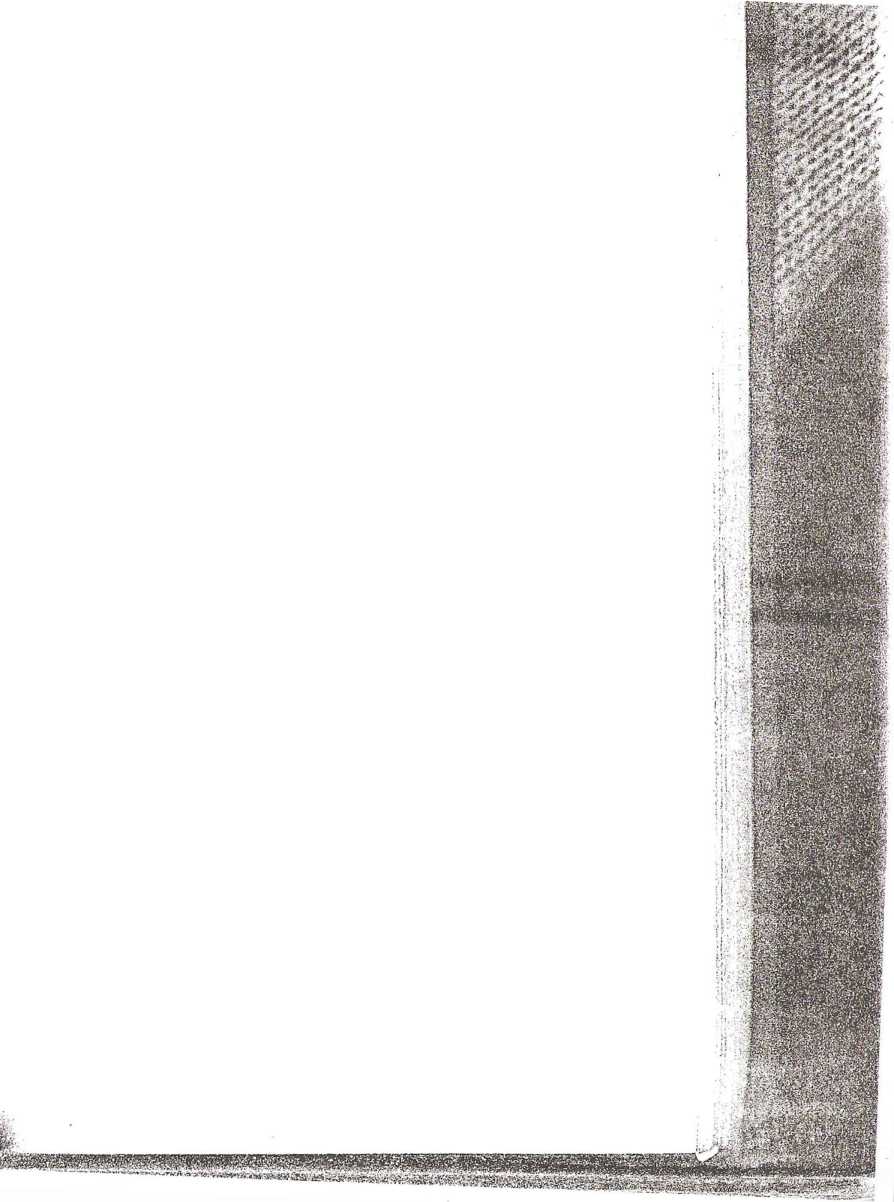1�8 (9)


A Readefs Guide to Contemporary Lit er ary Theory
(system) and other ‘historical jseries’. The way in which the [ literary system’develops historically cannot be understood, they f argue, without understanding the way in which other systems impinge on it and partly determine its evolutionary path. On the jr other hand, they insist, we must attend to the ‘immanent laws’ ?. of the literary system itself if we are to understand correctły the j correlation of the systems. Despite the forbiddingly abstract If naturę of these formulations, they represent an impressive ■' programme for research, and one which is yet to be undertaken. i The Prague Linguistic Circle, founded in 1926, continued and j developed the ‘structural’ approach. Mukarovskv, for example, \ underlined the folly of excluding extra-literary factors from 1 critical analysis. Taking over Tynyanov’s dynamie view of ; aesthetic structures, he placed great emphasis on the dynamie i tension between literaturę; and society in the artistic product. ; Mukafovsky’s most pog/erful argument concerned the ; ‘aesthetic function’, which proves to be an ever-shifting 1 boundary and not a watertfght category. The same object can possess several functions; afchurch may be both a place of ; worship and a work of art; a stone may be a door-stop, a missile, | building materiał, and an object of artistic appreciation. |
; Fashions are especially complex signs and may possess social,. j ; political, erotic and aesthetic functions. The same variability of ! i function can be seen in literary produets. A political speech, a ■
| biography, a letter, and a piece of propaganda, may or may not £ i possess aesthetic value in different societies and periods. The f i circumference of the sphere of ‘art’ is always changing, and i always dynamically related to the structure of society.
Mukarovsky’s insight has been taken up recently by Marxist | critics to establish the social bearings of art and literaturę. We \ can never talk about ‘literaturę’ as if it were a fixed canon of i works, a specific set of devices, or an unchanging body of forms | and genres. To endow an object or artifact with the dignity of 1 aesthetic value is a social act, ultimately inseparable from | prevailing ideologies. Modern social changes have resulted in f certain artifacts, which once had mainly non-aesthetic j functions, being regarded asprimarily art-objeets. Thereligious l function of icons, the domestic function of Greek vases, and the | military function of breast-plates, have been subordinated in • modern times to a primarily aesthetic function. What people [ choose to regard as ‘serious’ art or ‘high’ culture is also subject j
to changing values. Jazz, for example, once merely musie for brothels and bars, has become serious art, although its ‘Iow’ social origins still give rise to conflicting evaluations. From this pcrspective, art and literaturę are not eternal verities but are always open to new definitions. The dominant class in any J historical era will have an important influence on definitions of art, and where new trends arise will normally wish to incorporate them into its ideological world.^.^ ..j &- ■, <?. (
Russian Formalism
Selected Reading
Basic Texts
Bakhtin, Mikhail,
Bann, Stephen and Bowlt, John E. (eds),
Lemon, Lee T. and Reis, Marion J. (eds),
Matejka, Ladislav and Pomorska, Krystyna, (eds),
Readings in Russian Poetics: Formalist and Struciuralist Yiews (MIT Press, Cambridge, Mass., and London, 1971).
Medvedev, P.N. and Bakhtin, Mikhail,
The Formal Method in Literary Scholarship, trans. A.J. Wehrle
21

The theories of Bakhtin, the Jakobson-Tynyanov tlaesbś, andi the work of Mukarovsky pass hieyond the ‘pure’ Russian Formalism of Shklovsky, TomaśfTTVsrlryalnd Eikhenbaum, and form a perfect prelude to our chapter on Marxist criticism, which in any case influenced their morę sociological interests. The Formalists’ isolation of the literary system is evidently at odds with the Marxist subordination of literaturę to society, but we shall discover that not all Marxist critics follow the harsh anti-formalist linę of the Soviet tradition.
Problems of Dos(oevsky’s Poetics, trans. R.W. Rotsel (Ardis, Ann Arbor, 1973).
Russian Formalism (Scottish Academic Press, Edinburgh, 1973).
Russian Formalist Criticism: Four Essays (Nebraska University Press, Lincoln, 1965). Contains classic essays, including Shklovsky’s on Sterne.
Wyszukiwarka
Podobne podstrony:
skanuj0019 (295) V , o o O Q % ^. C <r O o> a o c ofam* 1® tr $>i^v = t?in*>
skanuj0021 (107) 1 1 1 ! ■-1-1-!-1-1-1-1— i
więcej podobnych podstron